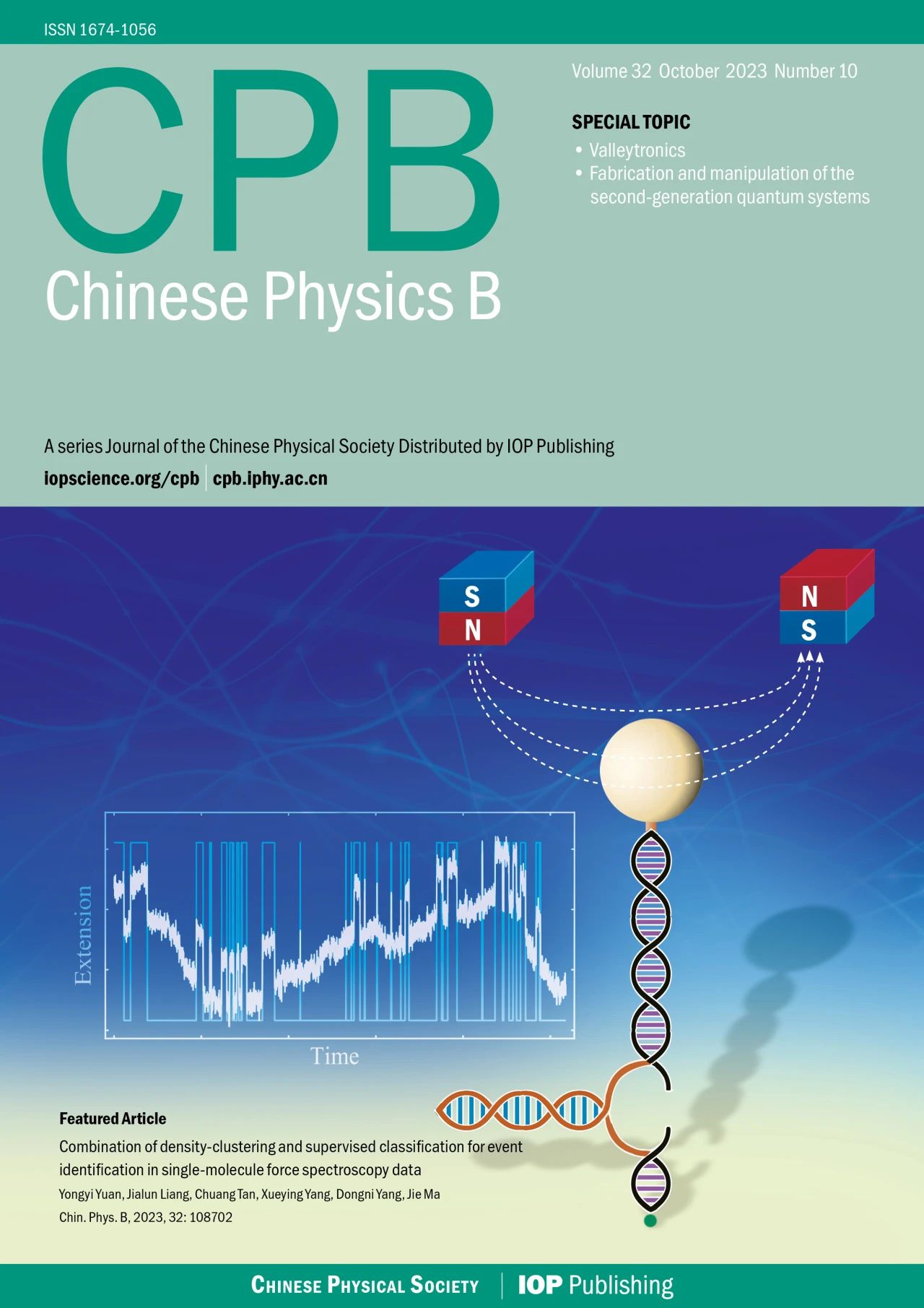博文
[转载]CPB封面文章和亮点文章 | 2023年第10期
||
封面文章 Yongyi Yuan(袁泳怡), Jialun Liang(梁嘉伦), Chuang Tan(谭创), Xueying Yang(杨雪滢), Dongni Yang(杨东尼), and Jie Ma(马杰) Chin. Phys. B, 2023, 32 (10): 108702 文章亮点介绍 单分子力谱技术,如光镊、磁镊、原子力显微镜等,已经成为揭示生物分子动力学信息的重要工具。目前而言,从单分子力谱中精确提取动力学和热力学信息需要处理大量的数据集,如在拉伸实验中,需要从力-长度拉伸曲线(FECs,force-extension curves)中提取断裂力;或者在恒力实验中,需要在长度-时间曲线(ETTs,extension-time trajectories)中区分分子的不同构象和统计不同构象的停留时间。然而,这种数据处理往往需要花费大量的时间和人力。尽管目前已有一些算法可以从单分子力谱中识别一些特定事件,但这些算法存在各自的局限,比如一些算法需要设置许多参数才能正确提取断裂力,使用起来并不方便;一些算法要求输入的数据具有较高的质量,如不能有显著的基线漂移,这样才能正确区分分子的不同构象,从而给实验数据分析造成了一定的限制。 为解决上述问题,本文基于密度聚类和有监督学习提出了一种新的单分子力谱分析方法——“ACCESS”,用于提取FECs中的断裂力和识别ETTs中的构象态。该方法的创新性在于:(1)在拉伸实验中,“ACCESS”可以根据分子打开的状态数将FECs分割为对应的片段,从而定位断裂力及其对应的构象态。(2)在恒力实验中,“ACCESS”可以精确地从ETTs中识别折叠态和展开态,即使数据受到严重的基线漂移影响,也能正确识别出分子的各种状态。(3)本方法在实践中只需要三个简单且物理意义明确的输入参数,因此操作起来十分方便。 综上,本文的研究提出了一个方便易用和高性能的单分子力谱分析方法,未来有希望成为一种较为通用的方法,应用于一系列单分子实验中的事件和构象态的自动识别。 原文链接 PDF Fig. 4. An overview of analyzing experimental ETTs using ACCESS. (a) An extension-time trajectory of DNA hopping at F = 15.5 pN with baseline drift. (b) The preliminary cluster result of ETT (a) using DBSCAN. (c) The data points of (b) were further divided into two classes by the label-change algorithm. (d) The classification result of (a) using the training model learning from (c). 亮点文章 Zhengguo Wang(王政国), Weiliang Yao(姚伟良), Yudi Wang(王宇迪), Ziming Xin(信子鸣), Tingting Han(韩婷婷), Lei Chen(陈磊), Yi Ou(欧仪), Yu Zhu(朱玉), Cong Cai(蔡淙), Yuan Li(李源), and Yan Zhang(张焱) Chin. Phys. B, 2023, 32 (10): 107404 文章亮点介绍 在材料中实现非热调控的金属绝缘体相变对于材料的器件应用非常重要。1𝑇 -TaS2是一种非常有趣的二维材料。其层内电子跃迁的动能、库伦排斥能和层外电子跃迁动能几种相互作用的能量尺度非常接近,导致1𝑇 -TaS2在降温过程中,展现出非常丰富的电性和相变过程。 本文利用原位Rb金属沉积和角分辨光电子能谱对于1𝑇 -TaS2中的电子态调控进行了系统的研究。研究发现,在不同温度下,原位Rb的表面沉积可以诱导1𝑇 -TaS2发生不同性质的绝缘体金属相变。在205 K, Rb沉积引入载流子掺杂进入导带底,费米能从能隙中移动到导带底,这属于掺杂导致的普通绝缘体金属相变。而在225 K,随着Rb沉积的增加,能谱显示体系的绝缘能隙快速闭合,展现出一种带宽驱动的莫特绝缘体到金属的相变行为。本文的研究结果一方面从Rb诱导绝缘体金属相变行为的差异性上,证明了1𝑇 -TaS2在不同温度下具有莫特绝缘体和普通能带绝缘体的行为,这和之前的相关研究吻合。同时,本文的研究结果也提供了一种有效调控1𝑇 -TaS2中电子态性质的方法,这为理解1𝑇 -TaS2中复杂的电子相形成机理及其在实际器件中的应用提供了实验基础。 原文链接 PDF Fig. 2. Doping evolutions of electronic structure in the different phases of 1T-TaS2. (a) Doping dependence of the second derivative image of the energy-momentum cut taken along the Γ–M direction at 240 K (see raw data in supplementary material). The red arrows highlight the shifting of Fermi crossings (kFs). The deposition time is shown in seconds (s) at the up-right corner of each panel. (b) Doping dependence of the momentum dispersion curve (MDC) taken at EF at 240 K. The dashed line is drawn to guide the eye. (c) Schematic illustration of the DOS evolution with rubidium deposition in the metallic state. (d) is the same as (a), but taken at 205 K. The red arrows highlight the emergence of the conduction band bottom. To visualize the conduction band bottom, we use the raw image and enhance the intensity scale by 30 times. CB and VB stand for conduction band and valence band, respectively. (e) Doping dependence of the energy dispersion curve (EDC) intergraded in the momentum region [−0.4, −0.3] Å−1. Log scale is used to highlight the peak of the conduction band near EF. (f) is the same as (c), but taken for LTIP at 205 K. (g) is the same as (a), but taken at 225 K. The red arrows highlight the collapse of the insulating gap. (h) Doping dependence of EDC intergraded in the momentum region [−0.4, −0.3] Å−1. (i) is the same as (f), but taken for HTIP at 225 K. UHB and LHB stand for upper Hubbard band and lower Hubbard band, respectively. Δ and ΔCDW represent the insulating gap and the CDW gap, respectively. 亮点文章 Gang Wang(王刚), Shan Guan(管闪), Zhi-Gang Song(宋志刚), and Jun-Wei Luo(骆军委) Chin. Phys. B, 2023, 32 (10): 107309 文章亮点介绍 因兼容成熟的超大规模集成电路工艺和拥有最长的自旋相干时间,硅量子比特是实现通用量子计算的最佳方案之一。最近,两个比特逻辑门实现纠错所需的99%以上保真度,硅量子计算迎来了曙光,包括Intel、IBM、三星在内各大半导体巨头都加入竞争行列。但是硅电子态能谷简并导致硅量子比特材料Si/SiGe异质结难以获得足够大的能谷劈裂,严重影响了硅量子比特的自旋寿命、自旋信息的读取和工作温度的进一步提高等,成为硅电子自旋量子比特大规模集成化的严峻挑战之一。Si/SiGe异质结中的不连续界面势可以产生20至300 μeV的能谷劈裂,但是合金无序引起能谷劈裂大小与其涨落相当,无法实现大规模集成所需的硅量子比特器件性能均一性。因此,理解界面台阶和其附近合金浓度涨落所导致的能谷劈裂的起源及其变化规律对于解决该挑战具有重要意义。 本文作者通过原子尺度的经验赝势模拟系统研究了Si/SiGe量子阱中的能谷劈裂涨落现象,研究发现,即使量子阱势垒中不存合金浓度的涨落,Si和Ge原子在平面内的不同分布也会引起能谷劈裂的明显涨落。考虑到在Si/SiGe异质结的外延生长过程中无法实现对SiGe层平面内原子分布的精确控制,所以层内Si和Ge原子的随机分布所导致的能谷劈裂能量涨落无法被消除,从而构成了Si/SiGe量子阱中能谷劈裂能量涨落的下界。本研究指出了SiGe合金层内的原子无序分布对Si/SiGe量子阱能谷劈裂的重要影响,为提高硅量子比特性能可靠性和实现大规模集成量子比特提供了新思路。 原文链接 PDF Fig. 2. (a)–(c) In-plane averaged Ge concentration distributions of Si/Si0.7Ge0.3 QWs. Panel (c) corresponds to the ideal laterally infinite Si/Si0.7Ge0.3 QW, with its Ge concentration function denoted by ρGe0(z). The magnitude of the alloy concentration fluctuation in Si/Si0.7Ge0.3 QWs is quantified through σ(ρGe(z))=√(1/lb ∫dz[ρGe(z)-ρGe0(z)]2 ), where lb is the length of Si0.7Ge0.3 barrier. From (a) to (c), Si0.7Ge0.3 QW has decreased degree of alloy concentration fluctuation and with vanished fluctuation magnitude in (c). (d) The valley splittings in Si/Si0.7Ge0.3 QWs (with 10 MV/m of electric field applied in the QW confinement direction), calculated using the atomistic empirical pseudopotential method, are presented as a function of the magnitude of alloy concentration fluctuations within the Si0.7Ge0.3 barrier. The scattered data points represent Si/ Si0.7Ge0.3 QWs with diverse random alloy configurations. The green empty circles correspond to Si/ Si0.7Ge0.3 QWs with a finite size of alloy concentration fluctuation in the Si/Si0.7Ge0.3 barrier. The orange empty circles correspond to ideal laterally infinite Si/ Si0.7Ge0.3 QWs without any alloy concentration fluctuation in the Si0.7Ge0.3 barrier. The shaded region represents the experimentally observed range of alloy concentration fluctuations. 亮点文章 Phonon dichroism in proximitized graphene Wen-Yu Shan(单文语) Chin. Phys. B, 2023, 32 (10): 106301 文章亮点介绍 拓扑材料由于具有低功耗、抗干扰的优势,可以用于提升自旋电子学器件的性能。石墨烯的内禀自旋轨道耦合作用较小,因而拓扑态的实现极大依赖于邻近效应引入的自旋轨道耦合以及磁交换作用。但是研究发现选取不同的材料衬底可能引入完全不同的自旋轨道耦合形式以及磁性,例如交错自旋轨道耦合或者反铁磁,会影响拓扑态的实现与探测。识别不同的自旋轨道耦合形式或磁性以及探究可能产生的物理效应,对于更好地理解以及应用拓扑性质具有重要意义。 本文研究石墨烯中不同的自旋轨道耦合形式以及磁性通过电声耦合作用对声子二色性效应的影响。研究表明,在不存在任何形式的自旋轨道耦合作用的情况下,声子二色性效应消失。均匀或者交错自旋轨道耦合以及铁磁或者反铁磁的任意组合均会带来独特的声子的二色性效应。本文的研究为我们提供了新的声学手段区分自旋轨道耦合以及磁性的形式,有望推动拓扑材料在自旋电子学以及声电子学方面的器件应用。 原文链接 PDF Fig. 1. (a) Electronic band structure and (b)-(d) phonon absorption coefficients of proximitized graphene with ferromagnetic exchange coupling mF = 0.2 eV in the absence of intrinsic SOC. Insets of (b) and (c) show the details of the highlighted region. 亮点文章 Tuo Li(李拓), Ke Cheng(程可), Zheng Peng(彭政), Hui Yang(杨晖), and Meiying Hou(厚美瑛) Chin. Phys. B, 2023, 32 (10): 104501 文章亮点介绍 使不同组分颗粒均匀分布是工业上必须解决的关键问题之一。混合颗粒体系大颗粒在上、小颗粒在下的颗粒分聚现象,也称为巴西果现象,阻碍颗粒的均匀分布。了解这种分聚现象的产生机理及影响因素有助于解决颗粒均匀分布问题。三维体系的颗粒轨迹跟踪是实验研究的一大难点。本文采用霍尔效应磁传感器阵列方法能精确跟踪三维振动流化床内磁球的轨迹,揭示控制大颗粒运动的内在物理机制。在3.5g≥Γ≥1.5g的加速度测量范围内,实验发现,大颗粒的平衡位置(深度)主要取决于振动的加速度(Γ)和频率(ω)。对于Γ≤2.5g,平衡位置位于颗粒床的表面,而对于较大的加速度,Γ>2.5g,平衡位置在表面以下。此外,大颗粒的密度也影响平衡深度,密度越高,平衡位置越深。为了了解大颗粒向上或向下运动的内在机制,实验测量了大颗粒的运动速度,发现大颗粒的上升速度线性依赖于振动速度Γ/ω,下降速度受振动强度的影响不明显。这证实了与巴西果效应相关的大颗粒向上运动主要由在每一振动周期床颗粒填充大颗粒下方出现的空隙因而垫高大颗粒引起。此外,对床颗粒的对流运动的研究发现,对流对大颗粒向上运动不起主要作用。霍尔效应磁传感器阵列方法跟踪三维磁颗粒轨迹成功使用于揭示巴西果效应机理,为进一步在空间站变重力实验柜中利用巴西果效应遥操控磁颗粒的运动奠定了良好基础。 原文链接 PDF Fig. 1. Schematic diagram of the experimental setup. The intruder shown in the graph is initially placed at the center of the container's bottom. The right graph is the 3D trajectory plot illustrating the path followed by the intruder throughout the experiment of vibration parameters Γ = 2.5 and f = 25 Hz. 亮点文章 High efficient Raman sideband cooling and strong three-body recombination of atoms Yuqing Li(李玉清), Zhennan Liu(刘震南), Yunfei Wang(王云飞), Jizhou Wu(武寄洲), Wenliang Liu(刘文良), Yongming Fu(付永明), Peng Li(李鹏), Jie Ma(马杰), Liantuan Xiao(肖连团), and Suotang Jia(贾锁堂) Chin. Phys. B, 2023, 32 (10): 103701 文章亮点介绍 利用激光冷却和俘获技术可以制备温度接近绝对零度的超冷原子量子气体,在量子技术、基础物理研究和精密测量等领域具有广泛的应用前景。近年来,多种亚多普勒冷却技术被发展用于快速冷却和制备超冷原子样品,例如灰度冷却和三维拉曼边带冷却,可以有效抑制由非弹性碰撞引起的原子数损耗,为产生超冷原子的玻色-爱因斯坦凝聚提供了好的起点,对于加速推进超冷原子在相关科学与技术领域的应用具有重要意义。 本文发展了一种高效的三维拉曼边带冷却技术,通过精确控制近共振晶格激光及环境磁场强度,将磁光阱中铯原子的温度直接冷却至480 nK,进一步提高了磁悬浮光学偶极阱的装载效率。研究了超冷原子数的三体损耗,观测到三体损耗到单体损耗的转变,证明了在巨大的三体损耗后光学偶极阱中超冷原子的寿命主要由原子数的单体损耗决定。本文的研究有助于更容易产生相互作用可调控的超冷铯原子量子气体,加深了对超冷原子损耗过程的理解,为基于超冷原子的量子模拟研究提供了理想的平台。 原文链接 PDF Fig. 1. The square of the measured 1/e widths of atomic cloud (blue circles and black diamonds) along x and y directions, respectively, as a function of the square of flight time. The 1/e widths are obtained through the atomic column density distribution, and the temperature of atomic cloud is given by the linear fit of the data. SPECIAL TOPIC — Valleytronics SPECIAL TOPIC — Plasma disruption SPECIAL TOPIC — Smart design of materials and design of smart materials SPECIAL TOPIC — Celebrating the 100th Anniversary of Physics Discipline of Xiamen University TOPICAL REVIEW — Physics in micro-LED and quantum dots devices TOPICAL REVIEW — Celebrating 30 Years of Chinese Physics B TOPICAL REVIEW — The third carbon: Carbyne with one-dimensional sp-carbon SPECIAL TOPIC — Fabrication and manipulation of the second-generation quantum systems SPECIAL TOPIC — Celebrating the 70th Anniversary of the Physics of Jilin University TOPICAL REVIEW—Laser and plasma assisted synthesis of advanced nanomaterials in liquids TOPICAL REVIEW — Progress in thermoelectric materials and devices SPECIAL TOPIC — Emerging photovoltaic materials and devices SPECIAL TOPIC — Organic and hybrid thermoelectrics SPECIAL TOPIC — Superconductivity in vanadium-based kagome materials SPECIAL TOPIC— Interdisciplinary physics: Complex network dynamics and emerging technologies SPECIAL TOPIC — Non-Hermitian physics SPECIAL TOPIC — Unconventional superconductivity SPECIAL TOPIC — Two-dimensional magnetic materials and devices SPECIAL TOPIC — Ion beam modification of materials and applications SPECIAL TOPIC — Quantum computation and quantum simulation SPECIAL TOPIC —Twistronics SPECIAL TOPIC — Machine learning in condensed matter physics SPECIAL TOPIC — Phononics and phonon engineering SPECIAL TOPIC — Water at molecular level SPECIAL TOPIC — Optical field manipulation SPECIAL TOPIC — Modeling and simulations for the structures and functions of proteins and nucleic acids SPECIAL TOPIC —Terahertz physics SPECIAL TOPIC — Ultracold atom and its application in precision measurement SPECIAL TOPIC — Topological 2D materials SPECIAL TOPIC — Active matters physics SPECIAL TOPIC — Physics in neuromorphic devices SPECIAL TOPIC — Advanced calculation & characterization of energy storage materials & devices at multiple scale TOPICAL REVIEW — Advanced calculation & characterization of energy storage materials & devices at multiple scale TOPICAL REVIEW — Quantum dot displays TOPICAL REVIEW — CALYPSO structure prediction methodology and its applications to materials discovery SPECIAL TOPIC — A celebration of the 100th birthday of Kun Huang TOPICAL REVIEW — A celebration of the 100th birthday of Kun Huang SPECIAL TOPIC — Strong-field atomic and molecular physics TOPICAL REVIEW — Strong-field atomic and molecular physics TOPICAL REVIEW — Topological semimetals SPECIAL TOPIC — Topological semimetals SPECIAL TOPIC — Photodetector: Materials, physics, and applications TOPICAL REVIEW — Photodetector: Materials, physics, and applications TOPICAL REVIEW — Fundamental research under high magnetic fields Virtual Special Topic — High temperature superconductivity Virtual Special Topic — Magnetism and Magnetic Materials 官网:http://cpb.iphy.ac.cn https://iopscience.iop.org/journal/1674-1056
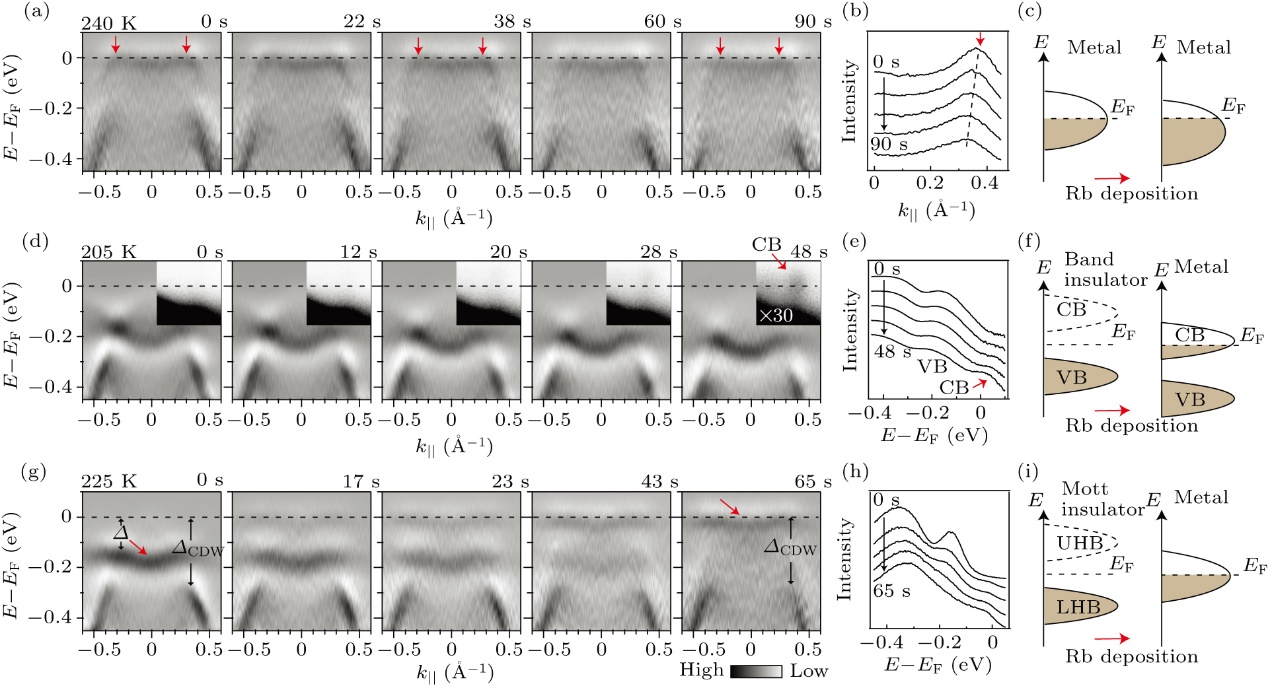

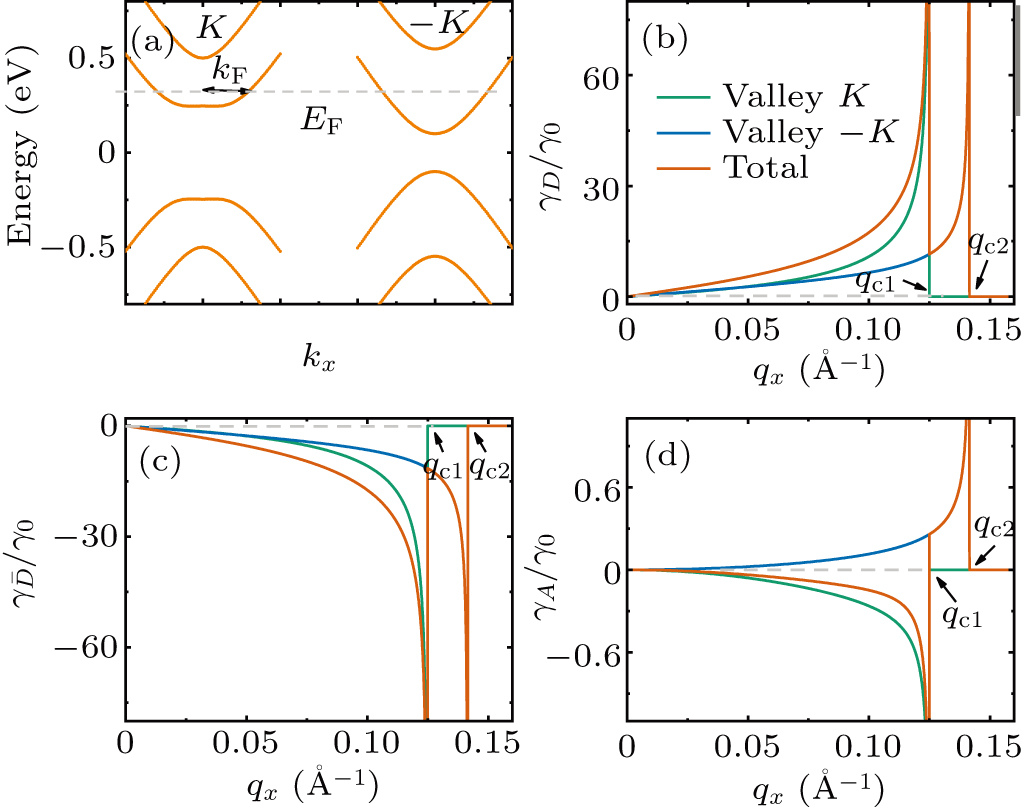
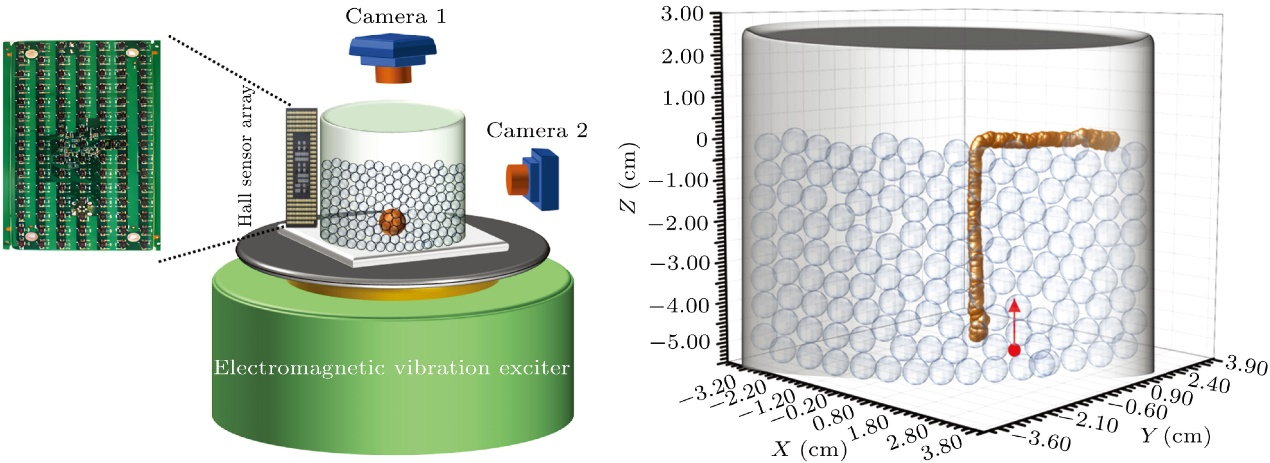
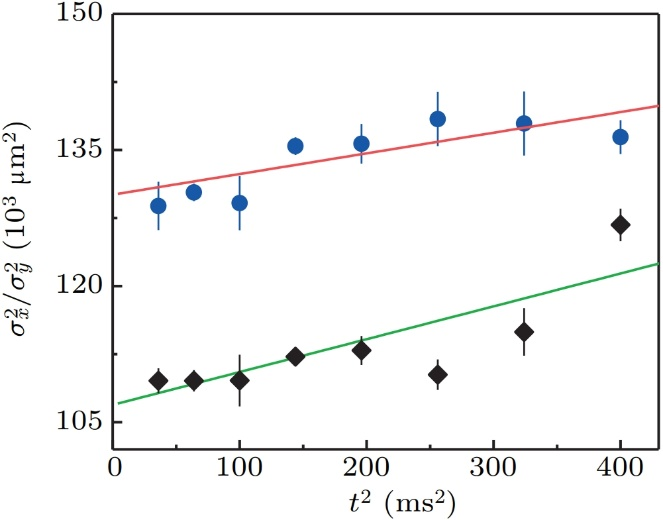


https://m.sciencenet.cn/blog-3377544-1408053.html
上一篇:[转载]CPB2023年第9期编辑推荐文章
下一篇:[转载]CPB2023年第10期编辑推荐文章
